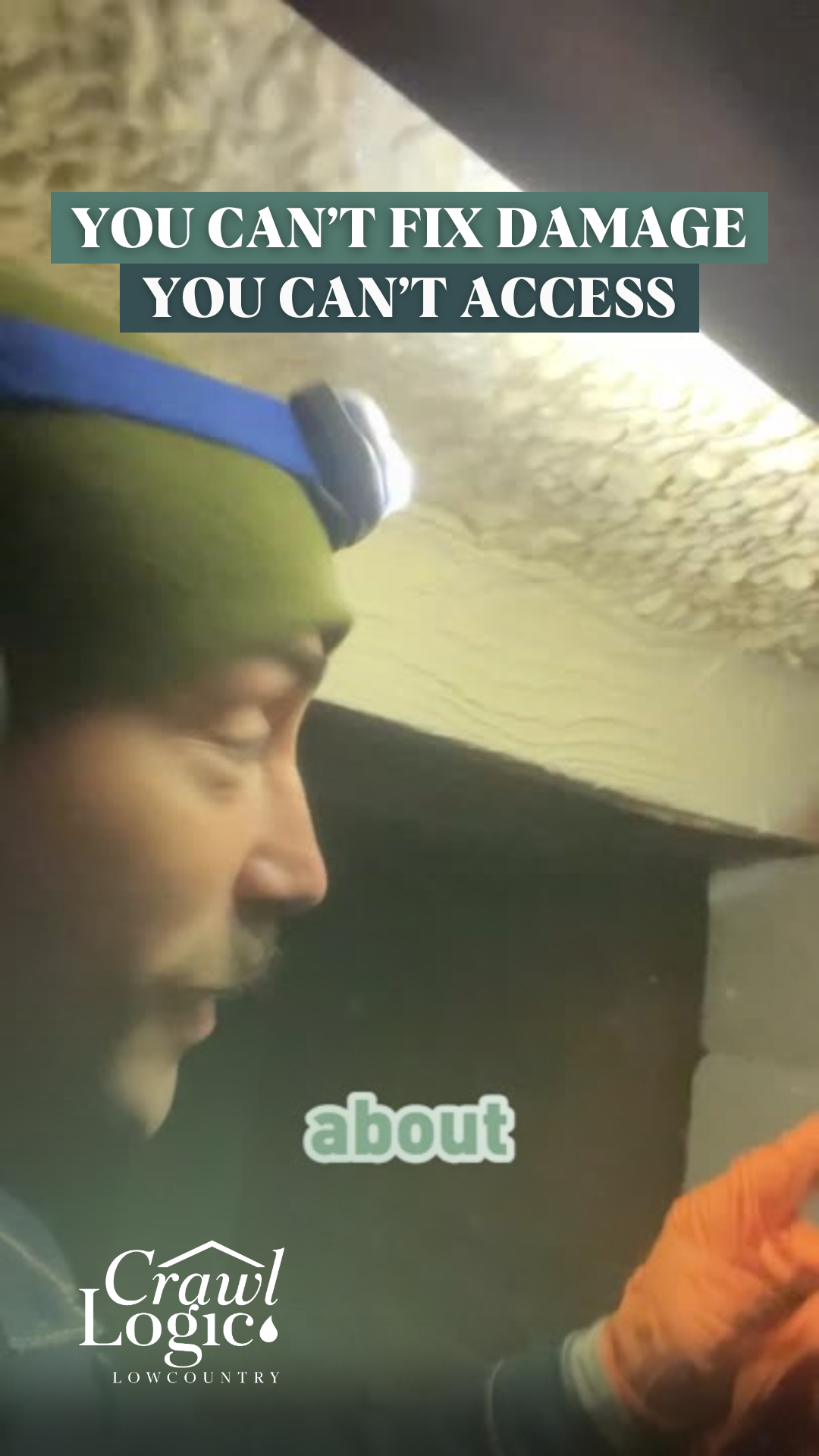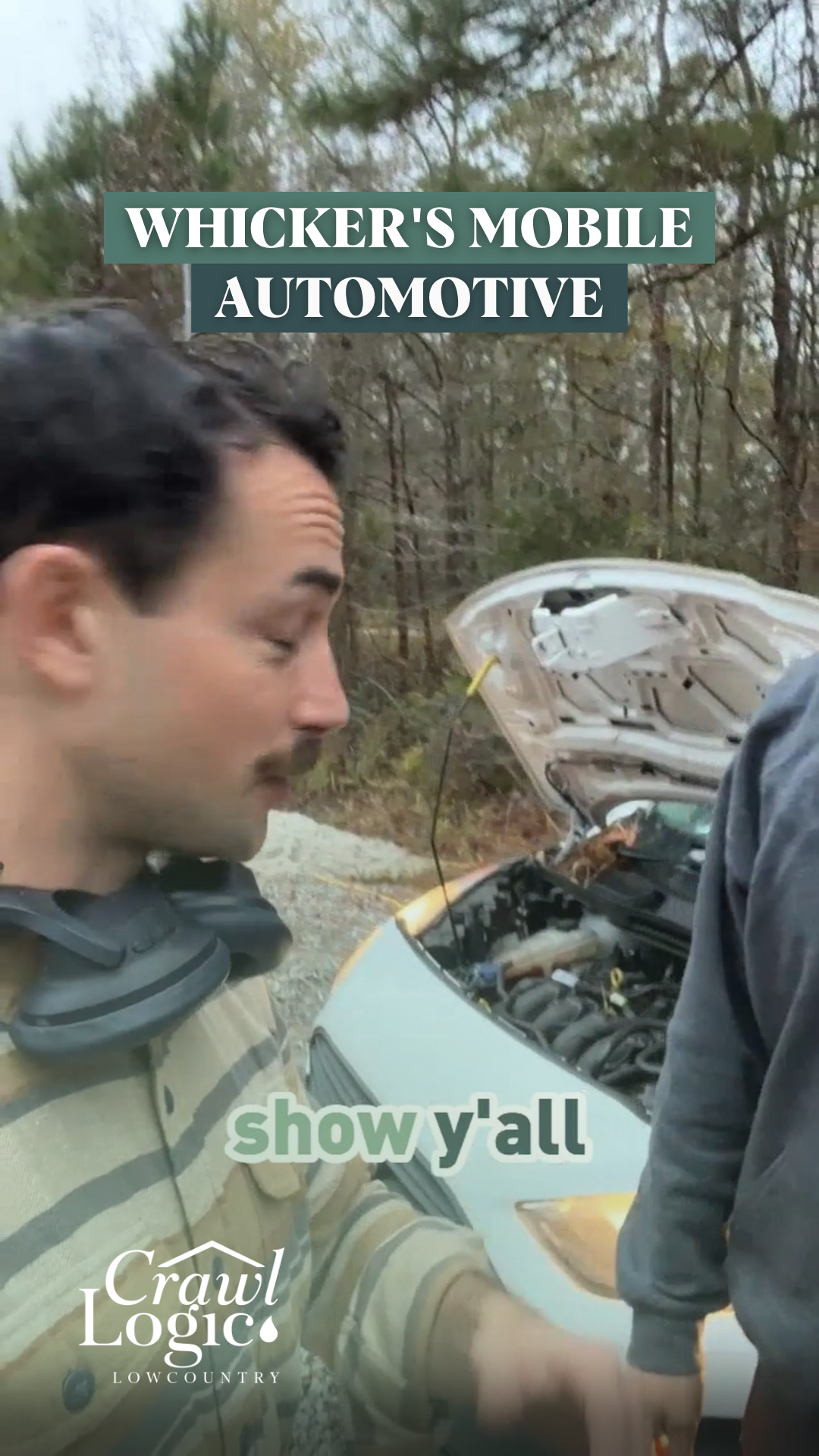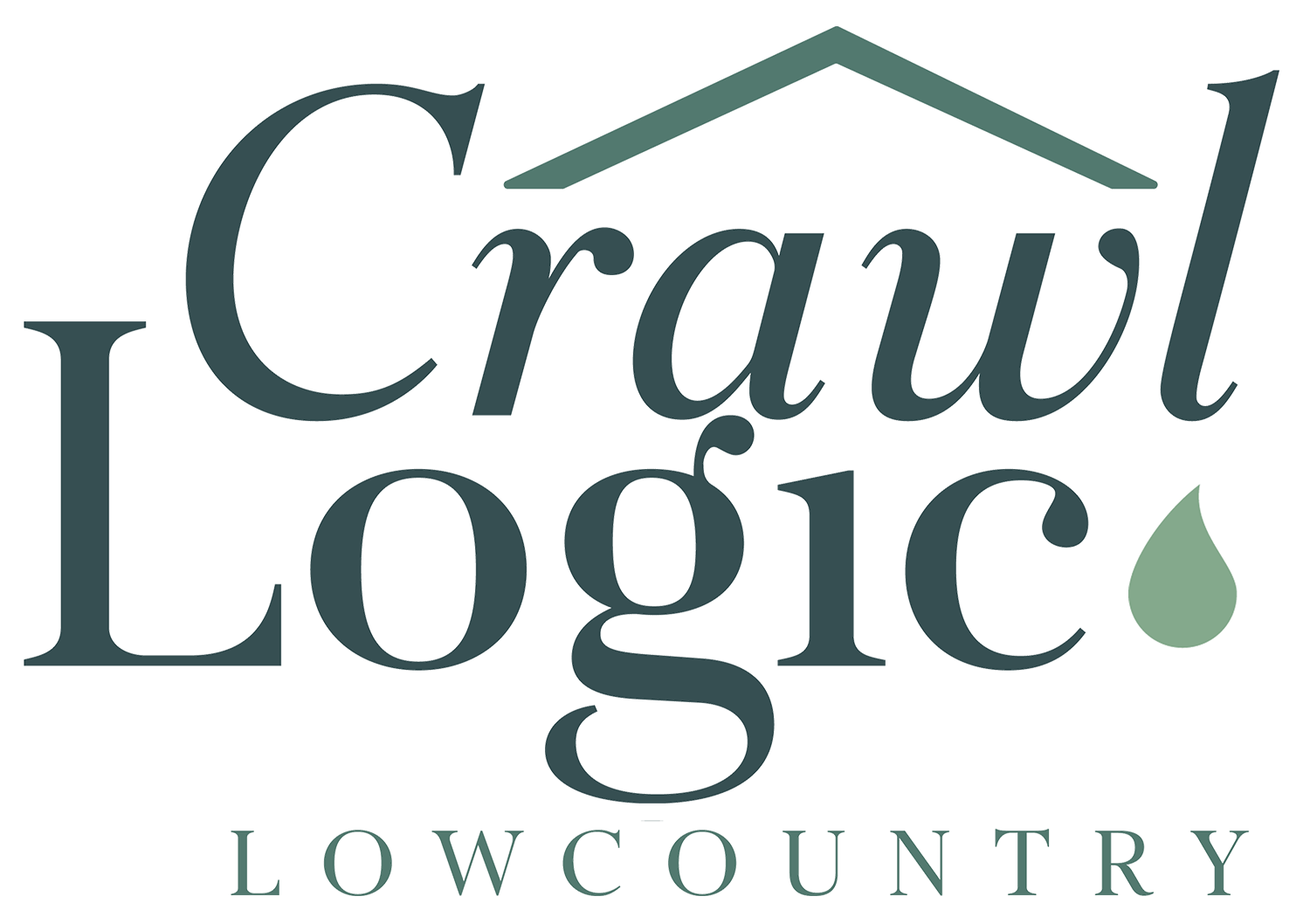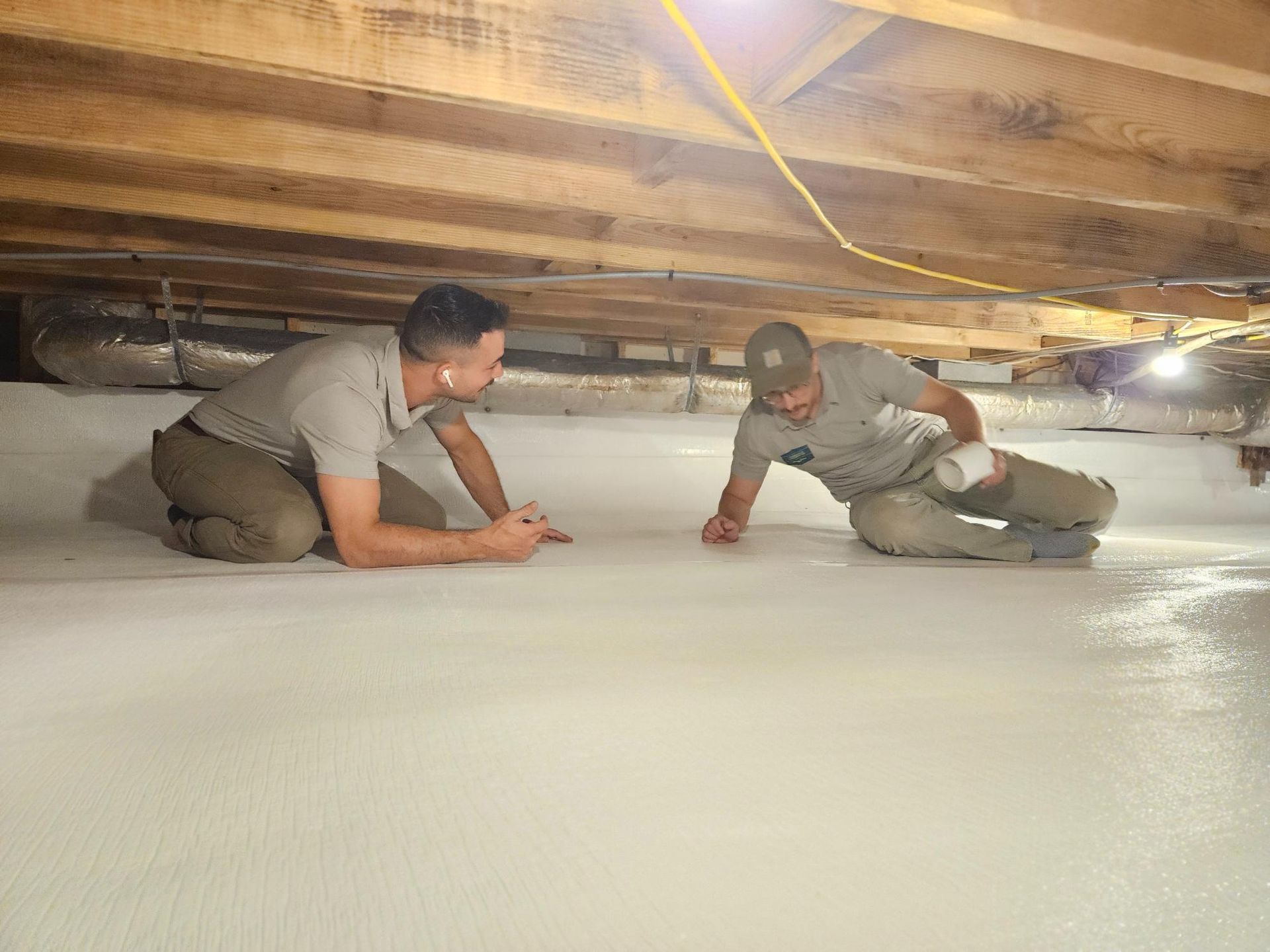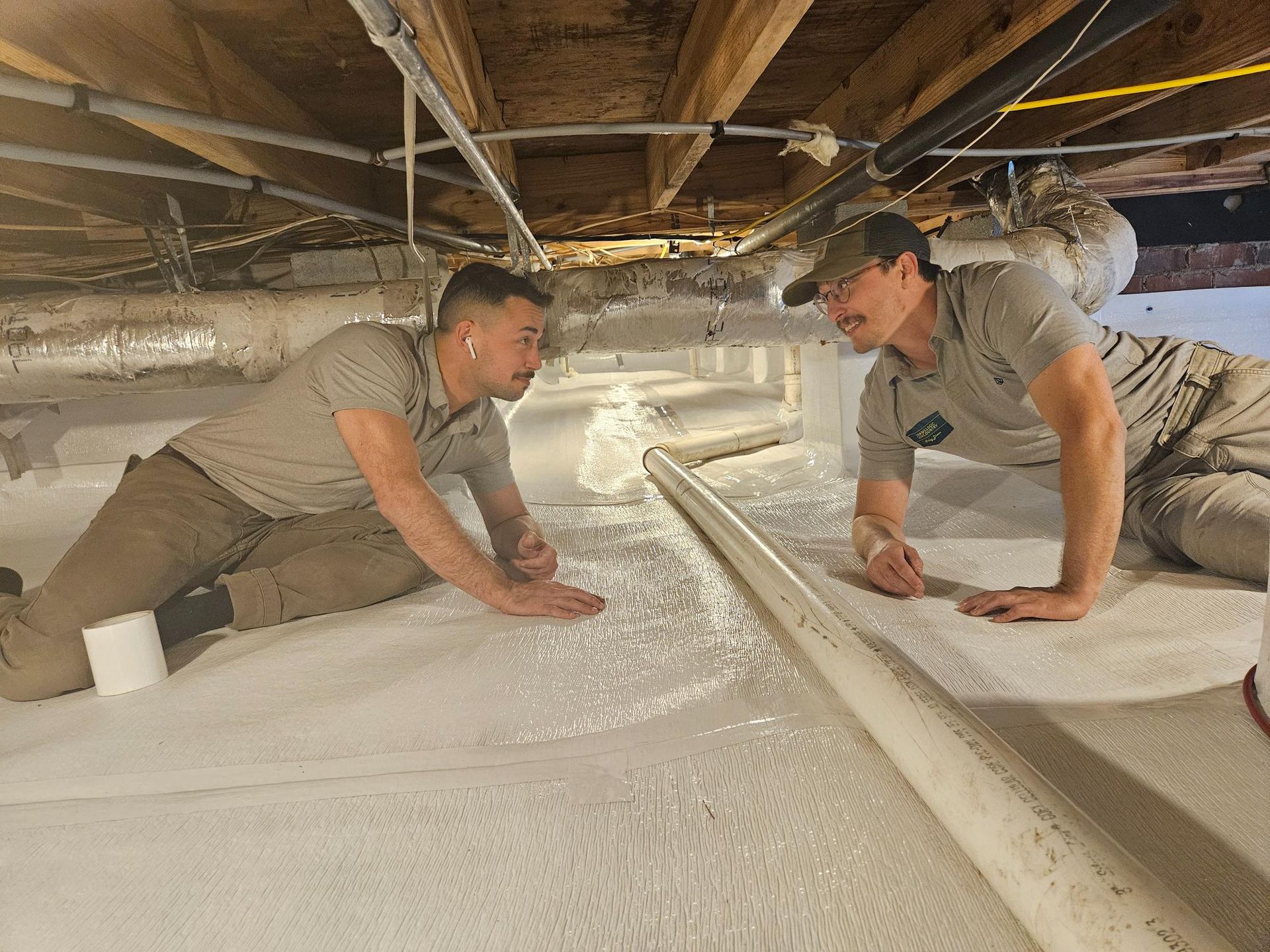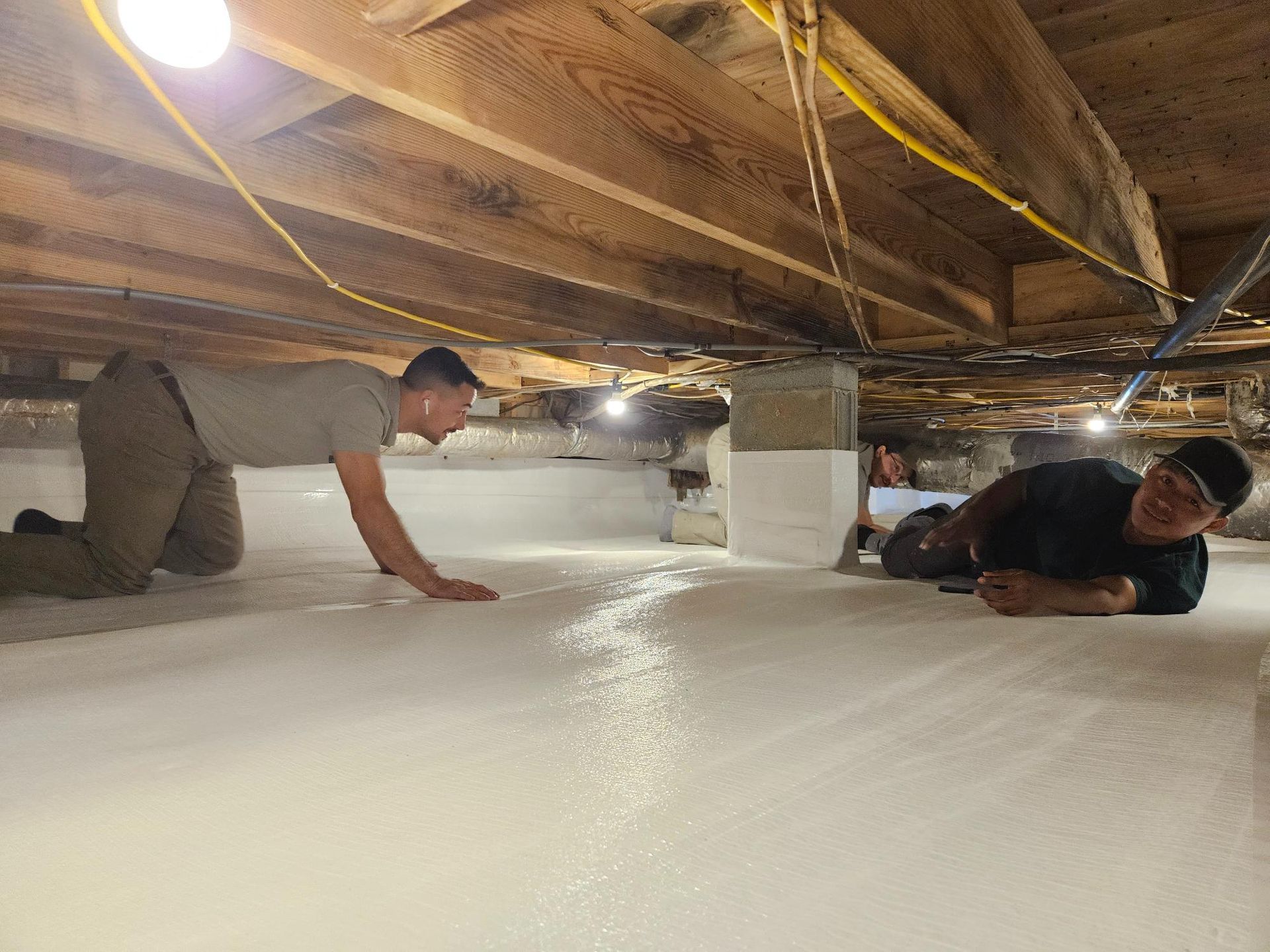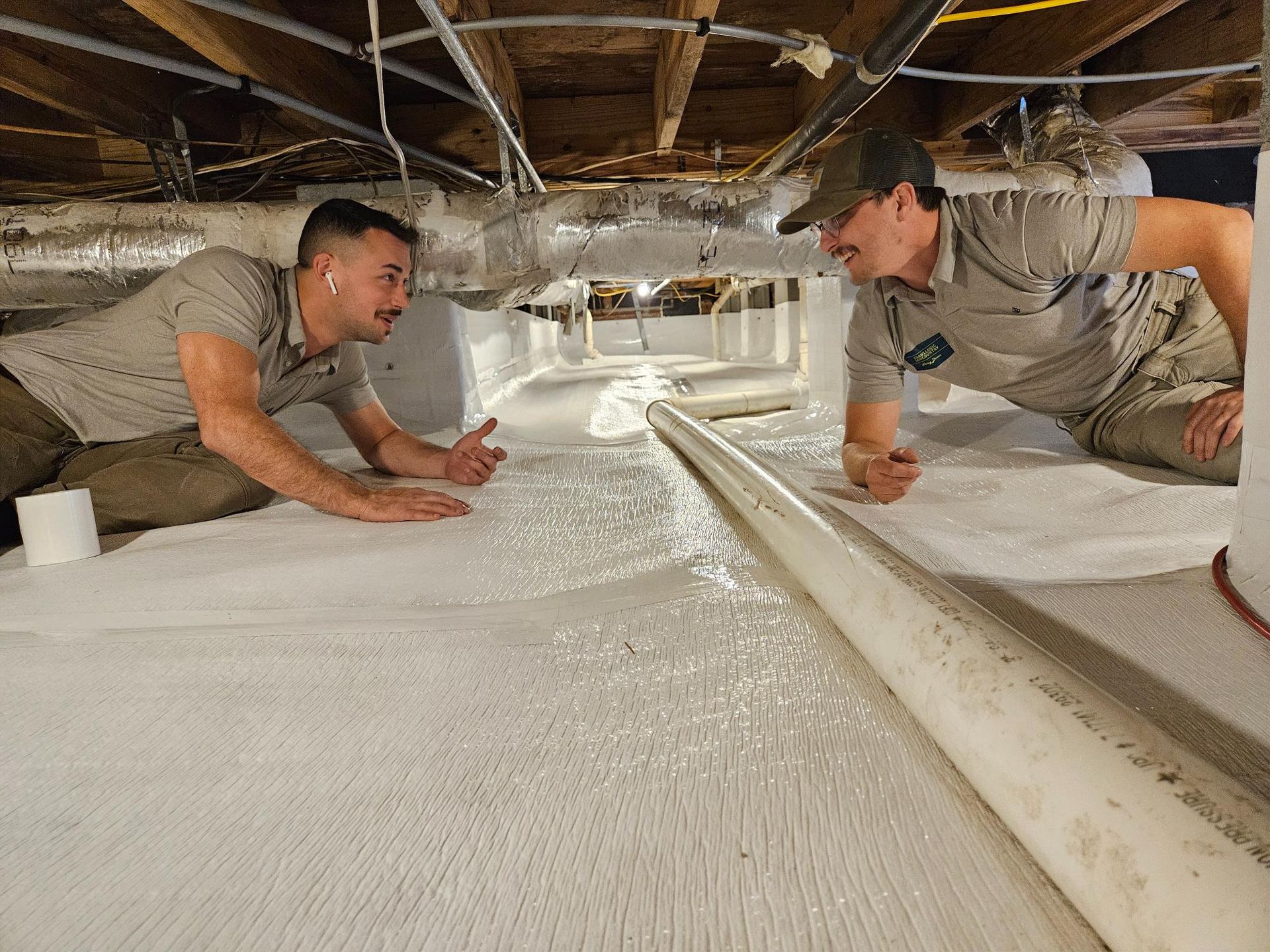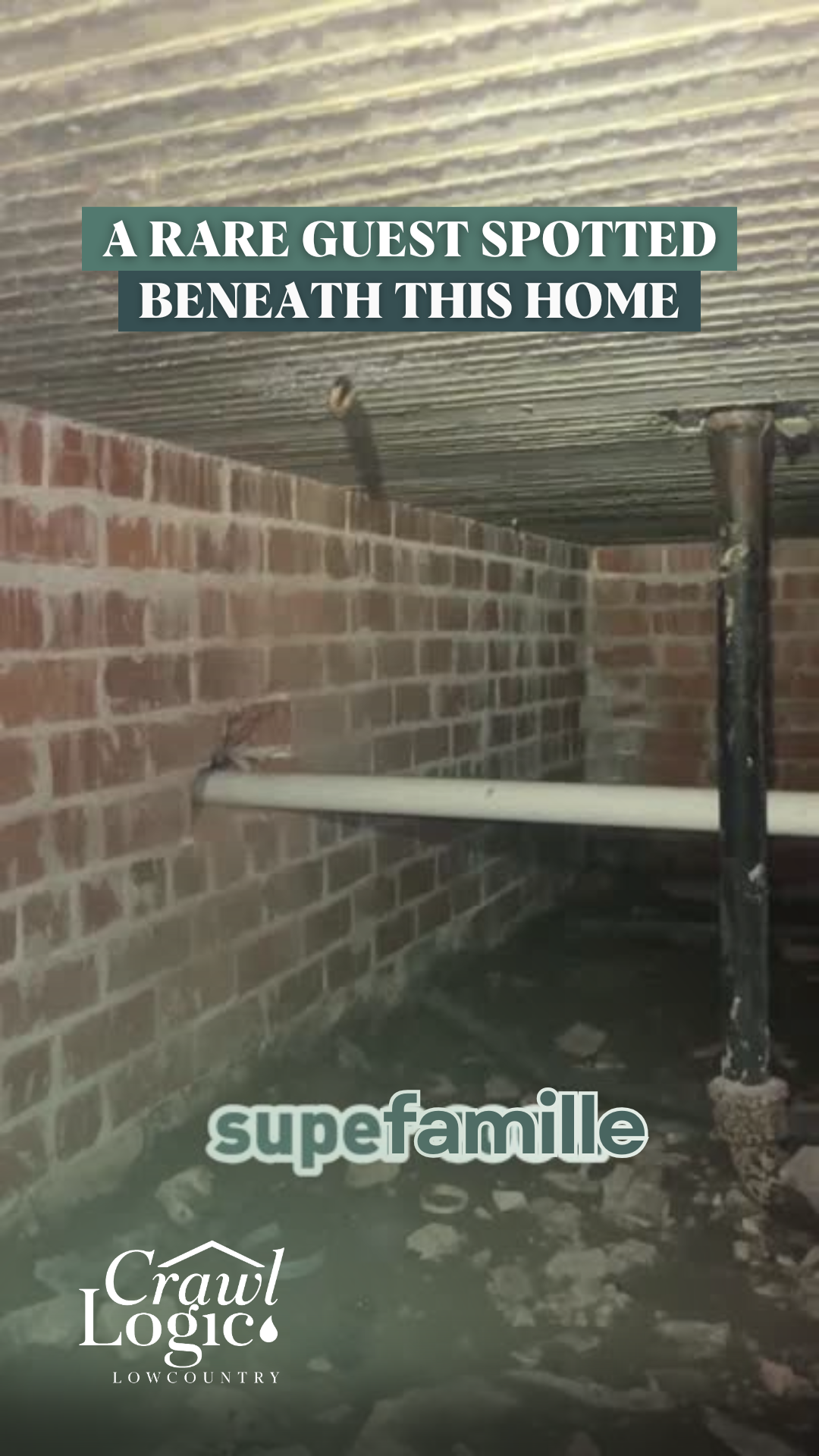Fun fact with Jonathan: How Charleston Crawl Space Protection Evolved
Crawl Logic Lowcountry
Old Solutions, New Problems, and Better Ways Forward
A 200-YEAR JOURNEY UNDER CHARLESTON'S HISTORIC HOMES
You know what's interesting about crawling under Charleston's historic homes?
Sometimes the old-timers knew exactly what they were doing - even if they didn't know why it worked.
I'm starting this "Fun Facts with Jonathan" series because, well, I'm full of random knowledge, and this one's too good not to share.
Here's something that blows my mind every time: I regularly inspect homes that are 150, even 200 years old.
And even with moisture readings that should have these crawl spaces looking like a science experiment gone wrong, many of them don't have a spot of mold.
Not one. The secret?
Something called creosote.
Welcome to Crawl Logic Lowcountry!
The Creosote Era
Let me break this down for you. Creosote is basically concentrated wood smoke - at least, that's how they used to make it. (These days, it's mostly an industrial byproduct of coal production.) If you've ever looked inside an old wood-burning stove and seen that dark, sticky buildup? Yep, that's creosote.
For generations, this was the go-to solution for protecting Charleston's crawl spaces. And here's the thing - it worked incredibly well. I'm talking about crawl spaces with moisture readings in the 30-40% range that should be absolutely covered in mold, but they're clean as a whistle. All because someone 200 years ago decided to slather everything in what's essentially super-concentrated smoke residue.
The Problem with the Old Way
Here's where things get interesting - and a bit dark. Turns out, while creosote was fantastic at protecting wood, it wasn't so fantastic for the people applying it. And I mean really not fantastic. The health risks for installers were serious enough that eventually, they had to outlaw the whole practice.
It's kind of ironic, right? We had this solution that worked amazingly well for protecting homes, but the cost was too high when it came to protecting the people doing the work. And that left us with a big problem: how do you protect these crawl spaces without putting anyone at risk?
Modern Solutions
This is where encapsulation enters the picture. Now, I'm skipping over quite a bit of trial and error here, but basically, we had to completely rethink how we approach crawl space protection. Instead of treating the wood directly, we focus on controlling the environment itself.
Think of it this way: rather than making the wood resistant to moisture (which is what creosote did), we prevent moisture from becoming a problem in the first place. It's like the difference between waterproofing your clothes versus carrying an umbrella - both keep you dry, but one's a lot safer than the other.
Lessons from History
Looking at these old crawl spaces teaches us something important: our ancestors weren't dumb. They found solutions that worked - really well, actually. But "working well" isn't enough anymore. We need solutions that are not just effective, but safe for everyone involved.
That's why at Crawl Logic, we're always studying what works, what doesn't, and most importantly, why. Those old creosote-treated crawl spaces? They're like time capsules, showing us both what's possible and reminding us why we need to keep innovating.
The Way Forward
You know what I love about sharing these crawl space fun facts? They remind us that protecting your home isn't just about using the newest methods - it's about using the right ones. Those old-time Charleston builders might not have understood the science behind what they were doing, but they knew they needed to protect these homes for the long haul.
Today, we're carrying on that tradition, just with better, safer methods. Our modern encapsulation systems might look different from a coating of creosote, but the goal's exactly the same: keeping your home protected for generations to come.
And hey, if you're curious about what's going on under your Charleston home - whether it's 200 years old or brand new - give us a call. We love checking out crawl spaces almost as much as we love sharing random facts about them. And trust me, I've got plenty more where this came from.
Fun Fact Series Note: This is the first in our "Fun Facts with Jonathan" series. Stay tuned for more interesting discoveries from under Charleston's homes - and maybe a few unexpected topics along the way. Because sometimes the best way to understand something is to look at it from a different angle.
